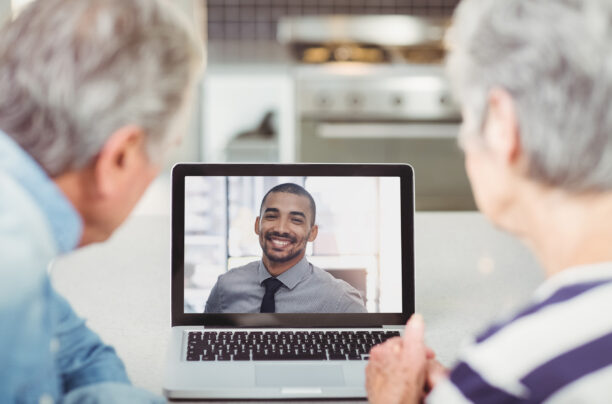How do you and your patients feel about telehealth services?
Researcher Karen Muñoz scoped the research on telehealth in audiology to learn how patients and providers feel about remote services. She shares evidence regarding what influences perceptions and what you can do in your practice to get you on the right path.











